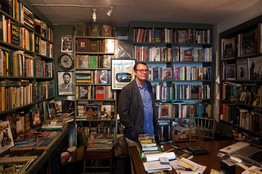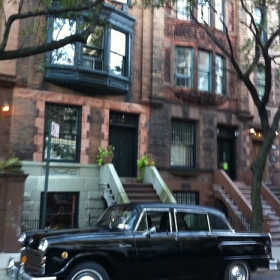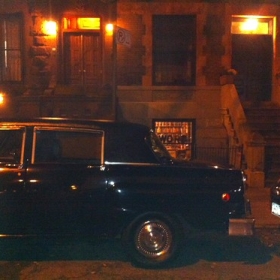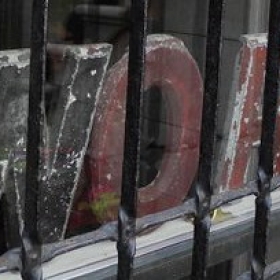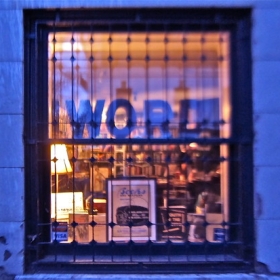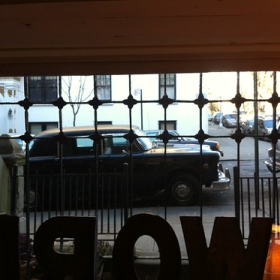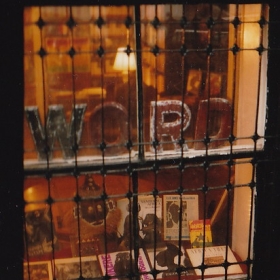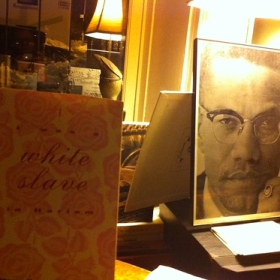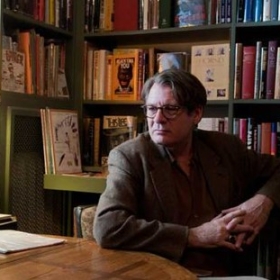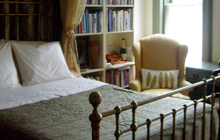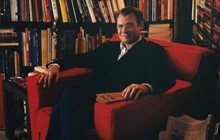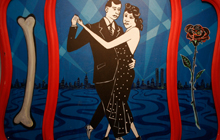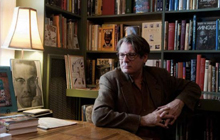Harlem’s Sugar Hill Stretches Its Borders
LANA BORTOLOT for The Wall Street Journal
![[image]](http://si.wsj.net/public/resources/images/NY-CK407_BLOCKP_G_20130620232739.jpg) Mark Abramson for The Wall Street Journal Sylvan Terrace in Sugar Hill
Mark Abramson for The Wall Street Journal Sylvan Terrace in Sugar HillIn a city where neighborhood borders are often staunchly defended, many in Sugar Hill, the highest point in Harlem, don’t participate in that kind of debate. As residents like Kurt Thometz and Eric K. Washington say, “Sugar Hill is a state of mind.”
The neighborhood lies between 145th and 155th streets bounded by Edgecombe Avenue on the east and St. Nicholas Avenue on the west. That means Mr. Washington, who lives at 153rd and St. Nicholas Avenue, is in the formal district.

“We are in Sugar Hill [where] our history is intact and there’s a real culture here that’s a local culture,” Mr. Thometz said. “We don’t have hipsters or suburban culture, we don’t have rich people. What more could you ask for?”
The spiritual boundaries of Sugar Hill extend as far southeast as Convent Avenue and 148th Street, where Sherman K. Edmiston Jr., runs the Essie Green Galleries, to 555 Edgecombe Ave., an apartment building on the far eastern edge of West 160th Street where numerous Harlem Renaissance luminaries have lived—Count Basie, Coleman Hawkins and Paul Robeson among them.

Mark Abramson for The Wall Street Journal George Preston runs the Museum of Art Origins
That building, coined “The Triple Nickel,” is in neither Sugar Hill’s formal nor historic boundaries (Sugar Hill shares a city-designated historic district with Hamilton Heights). But “You’d be hard pressed to tell people at 555 they’re not in Sugar Hill,” said Mr. Washington. Indeed, Triple Nickel resident Duke Ellington called the historic Morris-Jumel Mansion across the street, “The Crown of Sugar Hill.” Today residents include singer Cassandra Wilson, and Marjorie Eliot, whose Sunday jazz parlor hosts musicians and the public.
“There’s this rich ancestry where we’ve headquartered,” said Ms. Eliot. “I know there are people who hold steady to the history of what it was and can be and that’s where I am.”
Five houses away, Ms. Huey and Mr. Thometz often host neighborhood salons at Jumel Terrace Books. Mr. Thometz has collaborated with George Nelson Preston, the Beat poet and African art scholar who founded the Museum of Art and Origins in his West 162nd Street brownstone. Mr. Preston, in turn, lives down the street from Peter Mintun, the society pianist and himself a music historian.

Mark Abramson for The Wall Street Journal The Morris-Jumel Mansion
“It’s like a good family continuing its traditions through the generations,” Mr. Preston said. “What I mean by family is the generations of artist, writers and poets who lived in this area, and we are the children and the grandchildren of that good family.”
This cultural quality of life happens in a small tract known for its homogeneous Romanesque and Classical Revival townhouses and Sylvan Terrace, a small carriage path lined with wooden-frame houses that served as a set for the HBO series, “Boardwalk Empire.”
When they do come on the market, the houses can be priced attractively—often because they require updating. Townhouses averaging 3,450 square feet hover below $1.3 million—an average of 22% less a square foot than a similarly sized brownstone in central Harlem, according to data provided by Corcoran. Wood-frame houses on Sylvan Terrace, typically less than 2,000 square feet, have listed for between $800,000 and $913,000 in the past year.

Mark Abramson for The Wall Street Journal Convent Garden
“There hasn’t been a $1 million sale on the street yet, but I won’t be surprised to see that price point reached in the next year or two,” said Nancy Brennan, a broker with Corcoran, who specializes in Upper Manhattan.
It’s a place people have discovered as a business community, too. Mr. Preston, who grew up in Sugar Hill, maintained a gallery and studio downtown for many years before returning to the area in 1987. “I recalled at one time that my neighborhood had been a thriving art scene, so rather than trying to fit into the institutionalized art scene, I decided to try help revive the Harlem renaissance.”

Mark Abramson for The Wall Street Journal Kurt Thometz of Jumel Terrace Books
Also born and reared in Sugar Hill is Mr. Edmiston, the gallerist, who returned to the neighborhood in 1989 after a 20-year stint in Brooklyn. His gallery deals with works of 20th-century African-American artists including Romare Bearden and Jacob Lawrence. Like Mr. Preston, Mr. Edmiston saw his neighborhood as a revitalized cultural gateway.
“Being here in Harlem, I’ve been able to prosper as a destination because of the time we’ve been in business and [our representation] of black masters,” he said. “I think of the cultural community as being Harlem-wide, but when I think of it, most of the cultural character of Harlem is 125th and north.”
A version of this article appeared June 21, 2013, on page A18 in the U.S. edition of The Wall Street Journal, with the headline: Sugar Hill Stretches Borders: sugarhill
